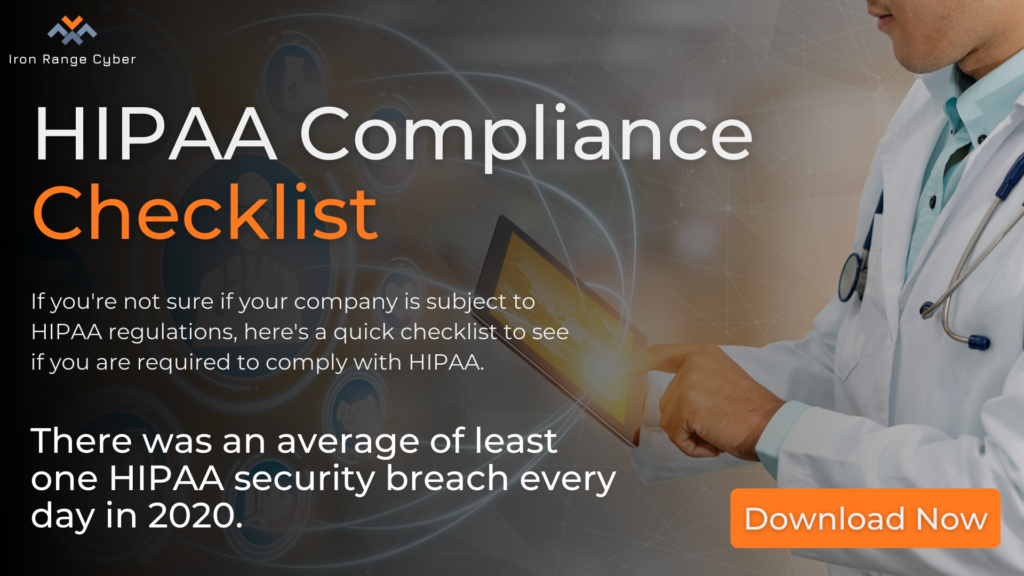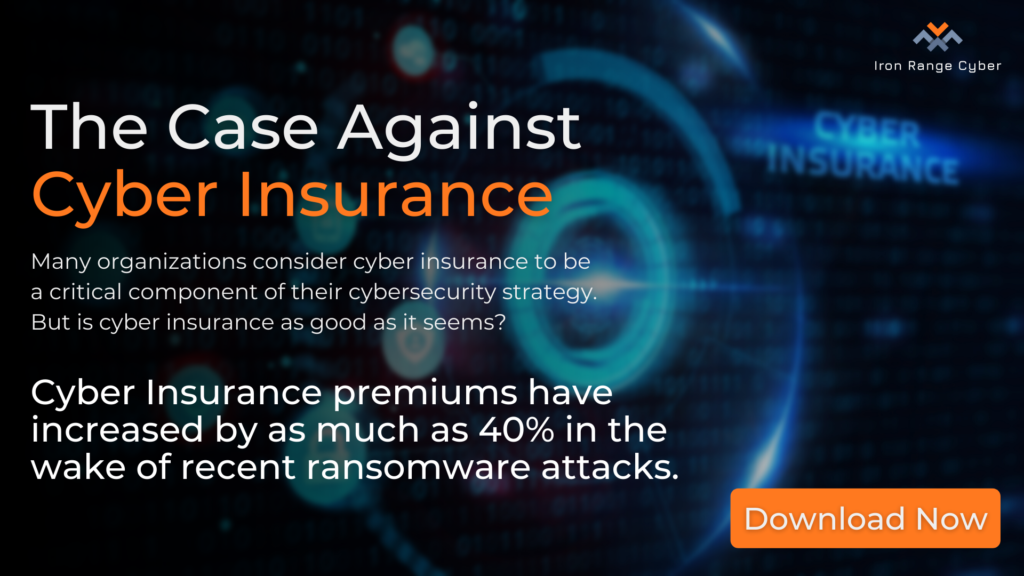What is Endpoint Security and Why Should Organizations Care About It?
Modern organizations are highly vulnerable to cyber attacks from endpoint devices. According to one October 2020 survey by the Ponemon Institute, the four most vulnerable entry points that allow threat actors to compromise enterprise networks and systems are:
• Smartphones
• Laptops
• Mobile devices
• Cloud systems
In 2020, following COVID-19, the sudden shift to remote work and Internet-enabled devices led to a 600% surge in cybercrime. As employees continue to work remotely, the risk of attacks on these remote and mobile endpoints will likely continue unabated.
To protect their endpoint devices – and thus, their enterprise networks, users and sensitive data – more and more organizations now rely on endpoint security solutions.
What is Endpoint Security?
In an enterprise network, endpoints are devices that connect to a network. These include:
• Desktop or laptop computers
• Servers
• Printers
• Mobile devices
• IoT devices
• WiFi access points
Individual endpoints allow users to connect to the enterprise network and to the Internet, making them indispensable for day-to-day enterprise and workforce operations. But on the flip side, endpoints also open the door to malicious actors and campaigns who may leverage the security weaknesses in such devices to gain access to the organization’s network, perpetrate cyber attacks (e.g. malware attacks), and steal sensitive data.
All in all, endpoints expand the attack surface, and leave organizations vulnerable to all kinds of attacks from many types of threat actors, including malicious or careless insiders, malicious outside cybercriminals, hacktivists, rogue nations, and others. To protect their endpoints from such threats, organizations need endpoint security.
In addition to protecting endpoints like laptops, desktops, servers and mobile devices, many endpoint security solutions also protect applications, IoT devices, email gateways, and organizations’ cloud perimeters. Some solutions include features such as:
• Next-generation antivirus
• Anti-malware
• Integrated firewall
• Insider threat protection
• Network Access Control
• URL filtering
• Forensic analysis
• Zero-day threat detection with Machine Learning-based classification
• Disk encryption
Why is Endpoint Security Important?
Over the past few years, rapid digitization has added to the complexity of enterprise networks. In addition, the post-COVID pivot to remote work has led to an explosion of remote devices and endpoints that now live on enterprise networks. These devices increase the risk of cyber attacks, enterprise espionage, cyber extortion, and many other kinds of cyber threats. To protect their assets from threat actors and campaigns, organizations need advanced endpoint security solutions.
Companies also need to protect their data from theft and compromise. According to the IBM Cost of a Data Breach Report 2021, the average total cost of a data breach has gone up from $3.86 million to $4.24 million, the highest average total cost in 17 years. To prevent such catastrophic events, organizations must protect their data. And this starts with protecting their endpoints. And that’s why endpoint security solutions are vital in enterprise networks.
In fact, today’s organizations need endpoint security software that can continually and reliably protect endpoints by detecting, assessing, blocking, and containing even the most advanced malware attacks (e.g. fileless malware), and emerging zero-day threats. The best solutions can even contain attacks in progress.
What is an Endpoint Protection Platform?
An Endpoint Protection Platform (EPP) refers to an integrated solution that includes a number of endpoint security technologies to detect, and stop or remediate many kinds of threats at the endpoint. These technologies include:
• Antivirus software
• Intrusion prevention
• Data encryption
• Data Loss Prevention (DLP)
An EPP may also include:
• Device protection
• Web browser protection
• Network controls
• Application controls
• Data controls
• Threat vector blocking
• Credential theft monitoring
Such platforms protect endpoints by blocking insecure or unauthorized applications from running on the enterprise network, and also by encrypting endpoints to prevent data loss. In addition, an EPP supports information-sharing between multiple security products, as well as centralized visibility into and management of individual endpoints and threats.
One of the key technologies that’s increasingly being added to EPP solutions is Endpoint Detection and Response (EDR).
What is Endpoint Detection and Response?
Back in 2013, Gartner’s Anton Chuvakin coined the term Endpoint Threat Detection & Response (ETDR). ETDR described tools to detect and investigate suspicious activities on hosts or endpoints. ETDR was eventually shortened to EDR.
Compared to many antivirus solutions, an EPP solution can help protect endpoints by identifying vulnerabilities and preventing attacks. Nonetheless, if an active threat has already moved past one or more endpoints, the EPP cannot take action to remove the threat. Here’s where an EDR solution plays a critical role.
EDR software monitors endpoint events in real time, collects data in a centralized database, analyzes it, and then uses this information to proactively neutralize attacks at the earliest signs of detection. It also leverages threat intelligence, incident triage, and automated incident response and remediation to identify and respond to attacks, and minimize the potential damage.
Unlike traditional antivirus solutions, EDR looks at the entire network to provide comprehensive, end-to-end security on every endpoint. As a new endpoint enters the enterprise network perimeter, it automatically gets added to the EDR, ensuring uninterrupted and holistic endpoint and network security.
Security teams can also leverage the forensics capabilities of EDR to trace the source of attacks, and prevent similar attacks from recurring in future.
Conclusion
Since before COVID, endpoints had become common entry points for threat actors. The pandemic has wrought many organizational changes – particularly remote work and the use of BYOD devices – that have made endpoints and organizations even more vulnerable to cyber attacks. It’s crucial to continuously monitor endpoints to keep malicious actors out of the endpoint perimeter, and mitigate threats before they have a chance to cause damage.
Endpoint security solutions protect endpoints and thus the organization from attacks. In the modern threat landscape, endpoints are among the weakest links in any organization’s security ecosystem, so protecting them with robust endpoint security is no longer a nice-to-have. It is now a need-to-have.





